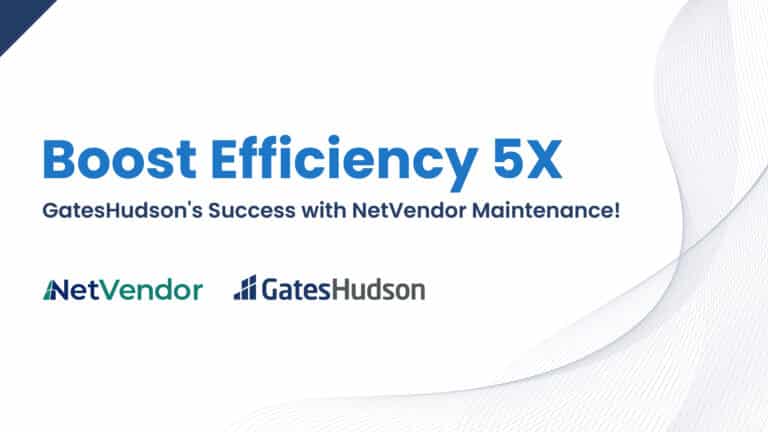How to overcome multifamily maintenance challenges in 2023
Property management companies (PMCs) are facing two major multifamily maintenance challenges: high employee turnover and a shortage of maintenance technicians, and both issues come with costs that can add up quickly.
There are several ways PMCs can address these challenges:
- Improve the employee experience by giving employees room to advance in your organization, giving them the right tools — including hammers, nails, and software — and asking for and acting on feedback.
- Saving techs time is often a worthwhile investment. New digital gauges can save techs five minutes a day, which adds up to about 20 hours over the course of a year. Digitizing maintenance requests and make-readies can save five to 10 minutes per request or more than 20 hours a month for a 300-unit community.
- Be generous and flexible with tools, logo apparel, scheduling, and more.
- Get creative about recruiting and training. Consider apprenticeships; keep your subcontractors engaged and happy; accelerate your interview processes, and update your technology so younger workers want to join your team.
- Gather and use multifamily maintenance data so you can see which techs are highly productive and which techs may need training, support, or motivation.
- Embrace tele-maintenance. When you enable maintenance techs to help residents via video chat, you can keep more techs in the workforce longer, hire techs in other locations, and attract and retain younger techs — all while increasing resident satisfaction.
High employee turnover and a shortage of maintenance technicians. Do either of these challenges sound familiar? If so, you’re not alone. During many educational sessions at the recent National Apartment Association Apartmentalize 2023 Conference in Atlanta, panelists and attendees talked about these challenges. The good news is there are solutions.
Here, we pass on valuable tips that property management experts shared during the conference. Use this info to help retain employees, cope with the ongoing maintenance tech shortage — and possibly prevent a few headaches and sleepless nights, too.
And if you’re looking for software that can improve your multifamily maintenance operations — by improving efficiency, resident satisfaction, and more — take a moment to learn more about NetVendor Maintenance.
The multifamily maintenance challenge: retaining property management employees
Employee turnover has been high in the U.S. job market for years, and it’s costing companies like yours more money than you may realize. Gallup estimates “the cost to replace an individual employee can range from one-half to two times the employee’s annual salary — and that’s a conservative estimate.”
To make this concrete, assume you have 100 total employees and pay an average salary of $50,000. You could be spending between $660,000 and $2.6 million on turnover costs a year.
One of the most effective ways to reduce turnover is to improve the employee experience, according to Heather Jones, President and Founder at GROW and Wesley Aleshire, Vice President of Learning and Development at South Oxford Management. The employee experience encompasses everything from hiring to career development to exit interviews, so there’s a wide range of tactics you can try. Here are three to act on now.

How to improve the employee experience
- Give people room to advance and a clear path to follow. That means ensuring your employees have the time and opportunity to learn new skills so they can grow professionally. If your employees are bogged down with manual tasks, look for ways to automate or offload that work so employees can build skills that will add value back to your business. For example, consider a vendor compliance solution to save your team hours every week.
- Give people the right tools, be those hammers and gauges or software. Younger workers in particular value technology, and they may get tired of dealing with paper-based processes that could easily be digitized. Digitizing maintenance is one way to modernize. You can say goodbye to paper work orders and hello to more efficiency and more tech-savvy workers.
- Ask for and act on feedback. Employees want to know you care about their experience and will adapt to them. If they see you ask for feedback but never act on it, they may stop offering suggestions and start looking for another job. So, be sure to communicate frequently about how you’re incorporating their ideas into your business.
The multifamily maintenance challenge: keeping up with property maintenance when you’re short-staffed
If retaining employees feels like climbing a mountain, finding enough maintenance technicians feels like climbing Mount Everest. And it’s not a temporary problem that’s likely to ease up soon.
In fact, over the last decade, the average age of a multifamily maintenance tech has gone up by seven years to 47, according to Kamil Kanopka, Senior Regional Maintenance Director at Liberty Military Housing. Most techs retire around age 55 to 60, so the shortage of skilled maintenance pros is likely to continue and may even get worse if younger workers don’t enter the field.
For many years, a four-year college degree was considered the only real path to a good job, so there’s essentially an entire generation of people missing from the maintenance tech workforce. That attitude is shifting, but slowly.
So what can you do? Here are four considerations.
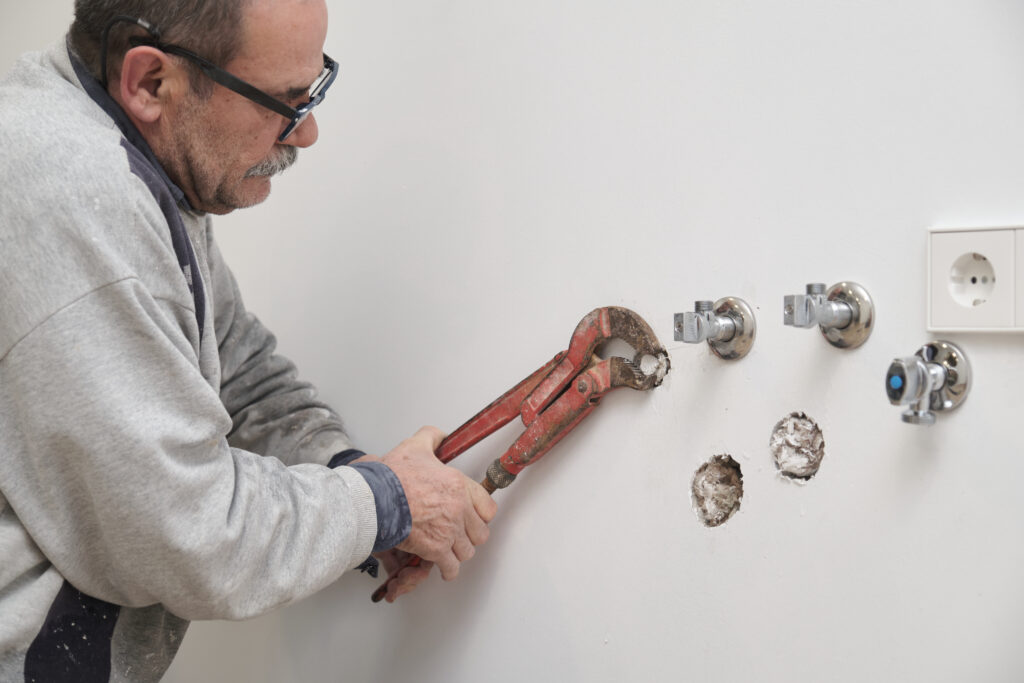
Saving property maintenance techs time is a worthwhile investment
How much should you pay to save one tech five minutes a day? According to Mark Cukro, President at Plus One Consulting, Inc., answer this question by first thinking about the value of that tech’s time. If the tech makes $20 an hour, then five minutes a day is worth about $400 a year.
In multifamily property management, technicians often don’t have all the tools they need, which reduces productivity, Cukro says. Don’t be afraid to invest in tools to save techs time. For example, a set of digital gauges that costs $400 might seem expensive at first, but if those gauges save the tech five minutes a day, they’ve paid for themselves within a year. And good gauges typically last many years.
You can also save time through organization:
- Ensure your supplies are organized so techs don’t have to hunt through a messy closet to find what they need.
- Create go-packs of supplies for specific tasks, such as a “turn bucket” with everything needed for a make-ready.
- Consolidate tasks by asking managers and the maintenance supervisor to deliver notices and conduct monthly inspections at the same time. Then, they can plan repairs and upgrades together.
And don’t overlook how much time your maintenance techs spend dealing with paper work orders or traveling to the office to pick up those work orders. Digital property maintenance software can eliminate unnecessary paperwork and save your techs five to 10 minutes per request. That can add up to 20 to 30 hours a month on the typical apartment community that can be used for tasks that are far more important than dealing with paperwork.
Be generous and flexible
In addition to buying tools like gauges for techs to use, some property management companies (PMCs) are buying tools and giving them to techs, and some are even giving their techs new boots on a regular basis, all to improve safety and employee loyalty.
“There’s a company with a list of techs waiting to work for it because that company buys the techs tools, and the tech vests in those tools over time,” said Cukro.
In addition to offering tools and tool vesting, consider:
- Offering later shifts, from 11 a.m. to 8 p.m., for techs who aren’t morning people. You’ll attract more employees, reduce overtime, and address more tasks on the same day, says Jacob Guynn, Regional Maintenance Director at Hunt Companies.
- Showing how to move up within your organization by defining career paths and giving techs the opportunity to learn new skills. Some techs may want to learn how to install flooring or do remediation work. Others may want to learn how to use data so they can move into a management role. A digital maintenance solution makes it easy to gather data and turn it into actionable insights.
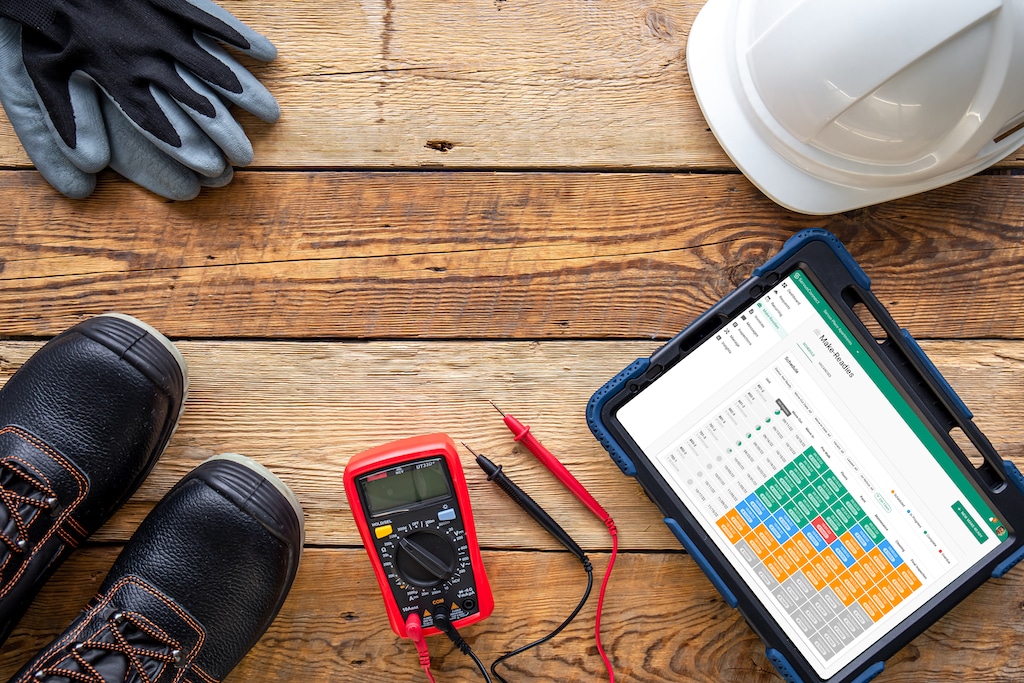
Get creative about recruiting and training
Apprenticeships, which blend education and paid on-the-job training, can increase the number of new techs coming to work for you and improve loyalty, say Debbie Phillips, President of The Quadrillion, and Irene Munn, Principal at The Munn Group. Apprenticeships appeal to young workers, veterans, and career changers because apprentices earn while they learn.
To give your apprenticeship program the best chance of success:
- Make it appealing to students by ensuring it’s registered. That way, students earn a nationally recognized credential through the apprenticeship.
- Identify a champion in your organization, preferably a member of the C-suite, who can promote the program and fund it.
- Research government funding programs. You may be able to get tax credits, and students may be able to save on tuition, depending on which state you’re in.
- Prepare to show the parents of young workers the value of your apprenticeship program. It’s relatively easy to convince students that an apprenticeship is worthwhile, but parents are sometimes skeptical, especially those who believe a four-year degree is the best path to a career. The Department of Labor’s Apprenticeship USA site provides information you can share with parents, including this PDF fact sheet. One stat to highlight: 93% of apprentices who complete a Registered Apprenticeship retain employment, with an average annual salary of $77,000.
In addition to apprenticeships:
- Keep your subcontractors engaged and busy so they keep working for you, says Martin McNeill, Vice President, Facilities at WinnResidential Military Housing Services. (If you need help managing vendor compliance or credentialing, check out NetVendor.)
- Interview applicants the same day they apply, suggests Guynn. You might have to reschedule other tasks or meetings, but interviewing rapidly will save you time in the long run. The faster you hire the tech, the sooner you can get back to your other work.
- Digitize, digitize, digitize. Younger maintenance techs have grown up using their phones for nearly everything and would rather work for a company with up-to-date technology than one that expects them to sift through unnecessary and inefficient paperwork.
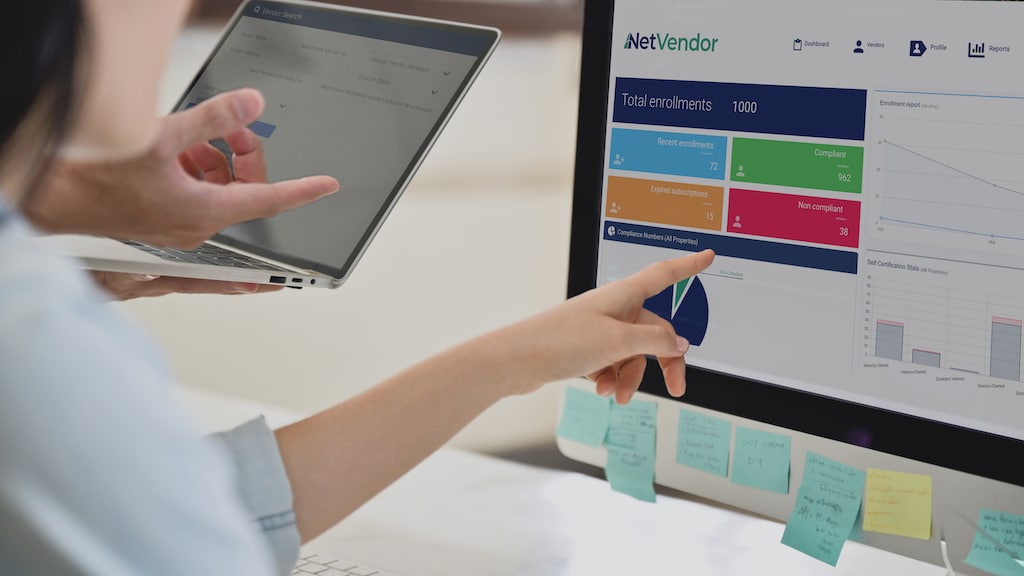
Gather and use multifamily maintenance data
In multifamily maintenance, most key performance indicators are financial rather than behavioral, says Cukro, but behaviors drive maintenance performance.
Imagine seeing data on how long each tech takes to accept and complete tasks alongside tenant feedback. You could easily identify which techs do high-quality work quickly and which techs need additional training, support, or motivation. Then, you can pinpoint exactly what to do to make your operation more efficient.
Gathering tech-specific data — or any data for that matter — from a stack of paper work orders is a struggle, but a digital multifamily maintenance solution makes it easy to gather data and save your techs and yourself time.
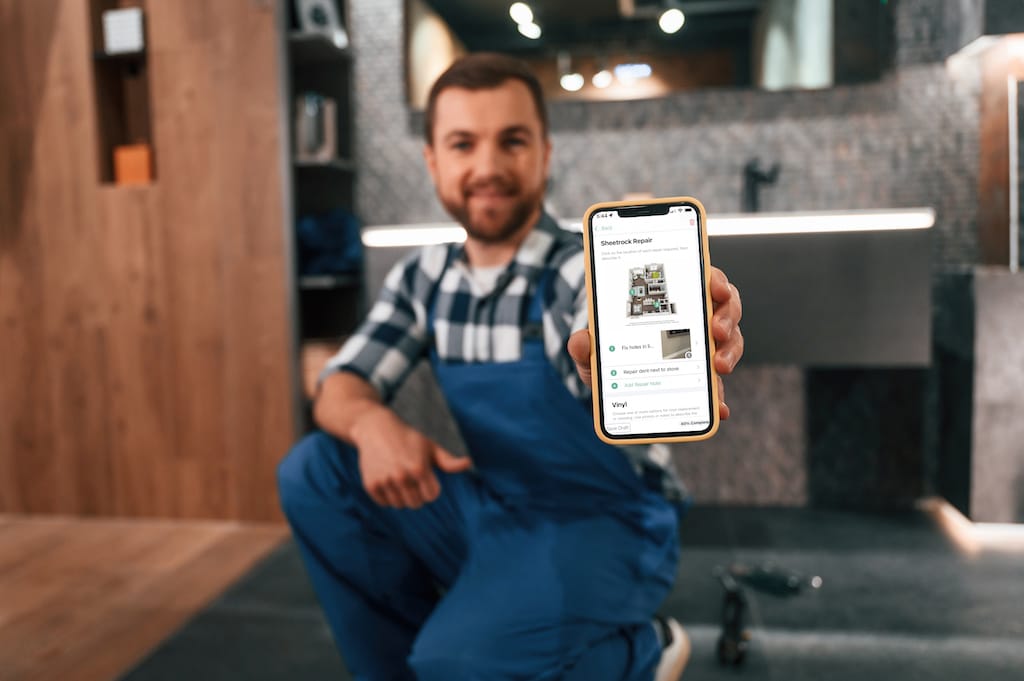
Embrace tele-maintenance
You might be surprised just how many of your residents would be open to trying tele-maintenance — that is, getting help from a maintenance tech by video chat or phone call.
In fact, Heidi Turner, Principal at Blanton Turner in Seattle, ran a survey and found that 83% of her residents were willing to try it. At first, she was surprised, but she later realized that “people are watching YouTube DIY videos anyway, so they’re already trying to fix it themselves because they want it done fast.”
Tele-maintenance can help you:
- Keep more maintenance techs in the workforce longer. Some techs who are getting ready to retire may be willing to keep working if they can do so remotely.
- Hire techs in another location, where they may be more plentiful or require lower pay, to handle some calls.
- Attract and retain younger techs who may already be doing a less-formal version of tele-maintenance for family and friends.
Just be sure to communicate clearly and frequently with residents that if they don’t want to participate in tele-maintenance, you’re still happy to send a tech in person, says Turner.
If you are interested in seeing NetVendor Maintenance’s TeleMaintenance beta in action, schedule a demo.
Learn more about how we can help
We can help you overcome these challenges by saving your employees time. NetVendor Compliance takes care of vendor compliance and credentialing for you, saving your team from hours of tedious work that they could spend on higher-value tasks and professional development. NetVendor Maintenance digitizes your property maintenance, saving your maintenance techs time every day and giving you actionable insights
Want to see either solution in action? Schedule a demo today.







